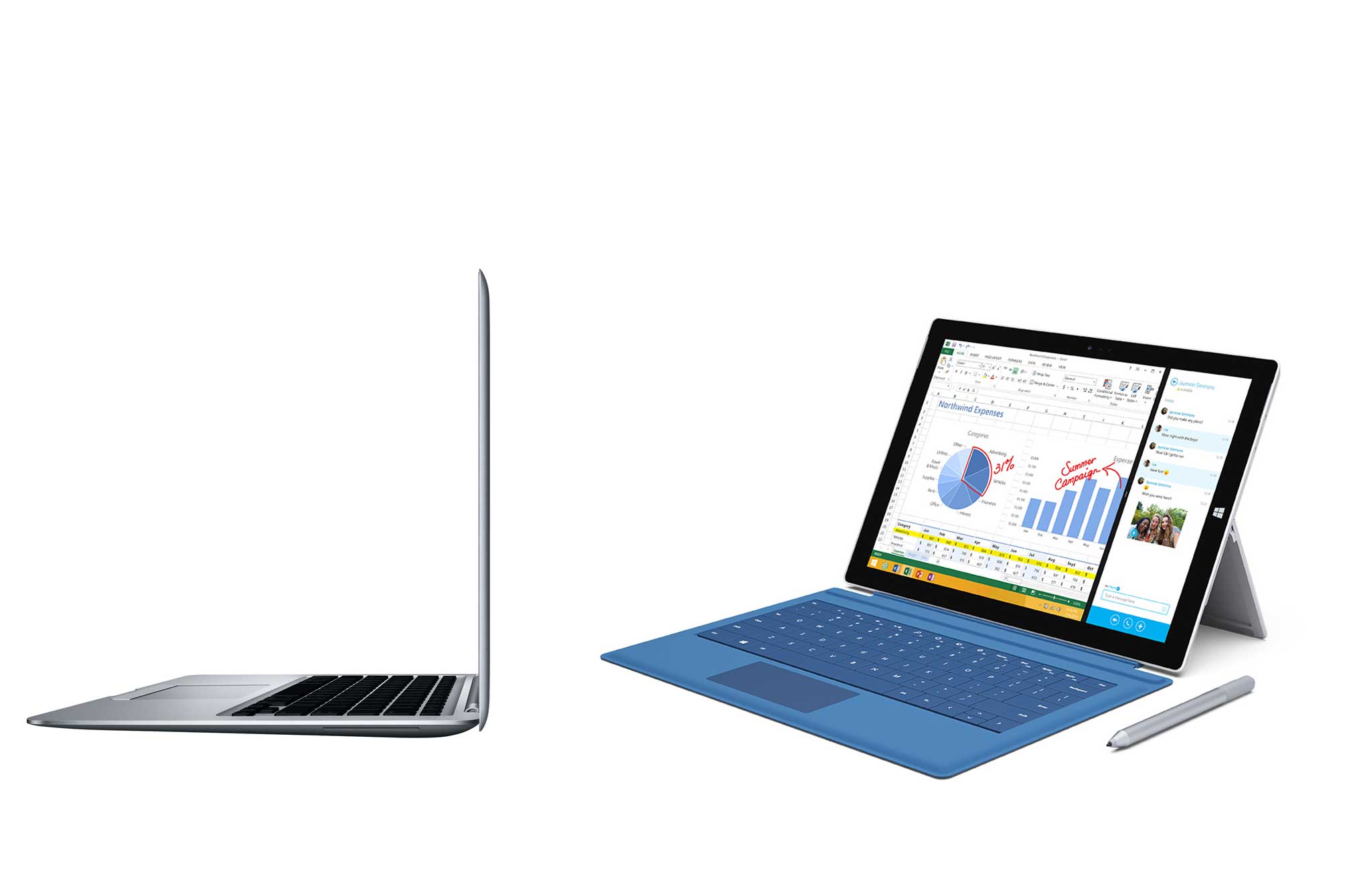
By the way Microsoft is marketing the Surface Pro 3, you’d think tablets and laptops were practically interchangeable: just a matter of personal preference. We’re not convinced.
Using a mix of product testing and data crunching, we’ve come up with five key questions to ask yourself before you commit to one device over the other for yourself or for a holiday gift.
1. Precise control or display quality?
Unless you’re talking about tablet-specific apps (which we’ll get to below), the laptop is still the king of control. Whether you’re writing a document or crafting a presentation, the tablet has yet to beat the precision of a point-and-click mouse or the convenience of a shortcut-rich keyboard. Don’t fool yourself with a flashy tablet demo; even the simplest spreadsheet will become a chore after weeks of taps and swipes.
On the flip side, however, tablets have a sneaky advantage: display quality. Typically measured in pixels per inch (PPI), a device’s pixel density determines how sharp your content looks, and after several hours of use, how much your eyes will (or won’t) hurt.
According to our data, the average 2014 tablet has a pixel density of about 260 ppi (pixels per inch)—fairly solid for a 10-inch device. That’s not to mention flagship models like the Galaxy Tab S 8.4, Amazon Kindle Fire HDX and iPad Mini 3, which each have pixel densities well over 300.
Pixel Density on Top Tablets | FindTheBest
For laptops, the 2014 average drops below 200 PPI, barely better than the pixel density on the original iPhone (163 PPI). Yes, top models like the Yoga 3 Pro (276 PPI) and 2014 Razer Blade (262 PPI) are notable standouts, but even these products don’t match the best tablets on the market.
Pixel Density for Popular Laptops | FindTheBest
The bottom line is that most tablets will be easier on the eyes, and thus, better for extended viewing.* The question is just whether you’ll have enough control to get everything done.
*If you want to get technical, you can factor in “typical viewing distance” to make the comparison more apples-to-apples. On average, tablets still win handily.
2. Screen size or portability?
Yes, you can find just about any screen size on either device these days. The Planar Helium (a tablet) has a 27-inch display. The Acer Aspire One (a laptop) sports a diminutive 10.1-inch display.
But these are the outliers. Generally speaking, tablets are 7-11 inches, while laptops are 12-16 inches. Within each device category, if you wander outside those ranges, your selection tends to drop fast.
So let’s concede that the laptop will usually get you more screen real estate. Instead, consider portability, a feature that both tablets and laptops like to advertise. Once again, we crunched the numbers to see just how thin and heavy the average device in each category tends to be.
The average 2014 tablet is less than half the thickness (0.42 inches) of the average 2014 laptop (1.09 inches, folded). What’s more, with Sony and Apple shaving off inches on the iPad and Xperia every year, the gap may grow even wider.
Thinnest Tablets Since 2013 | FindTheBest
The comparison looks even worse for laptops when you turn to weight. The average 2014 laptop still weighs about five pounds (4.99 lbs), over five times as much as the average 2014 tablet (0.95 lbs). Those extra inches and pounds will add up during commutes, presentations and vacations, so choose carefully.
These Vintage Computer Ads Show We've Come a Long, Long Way
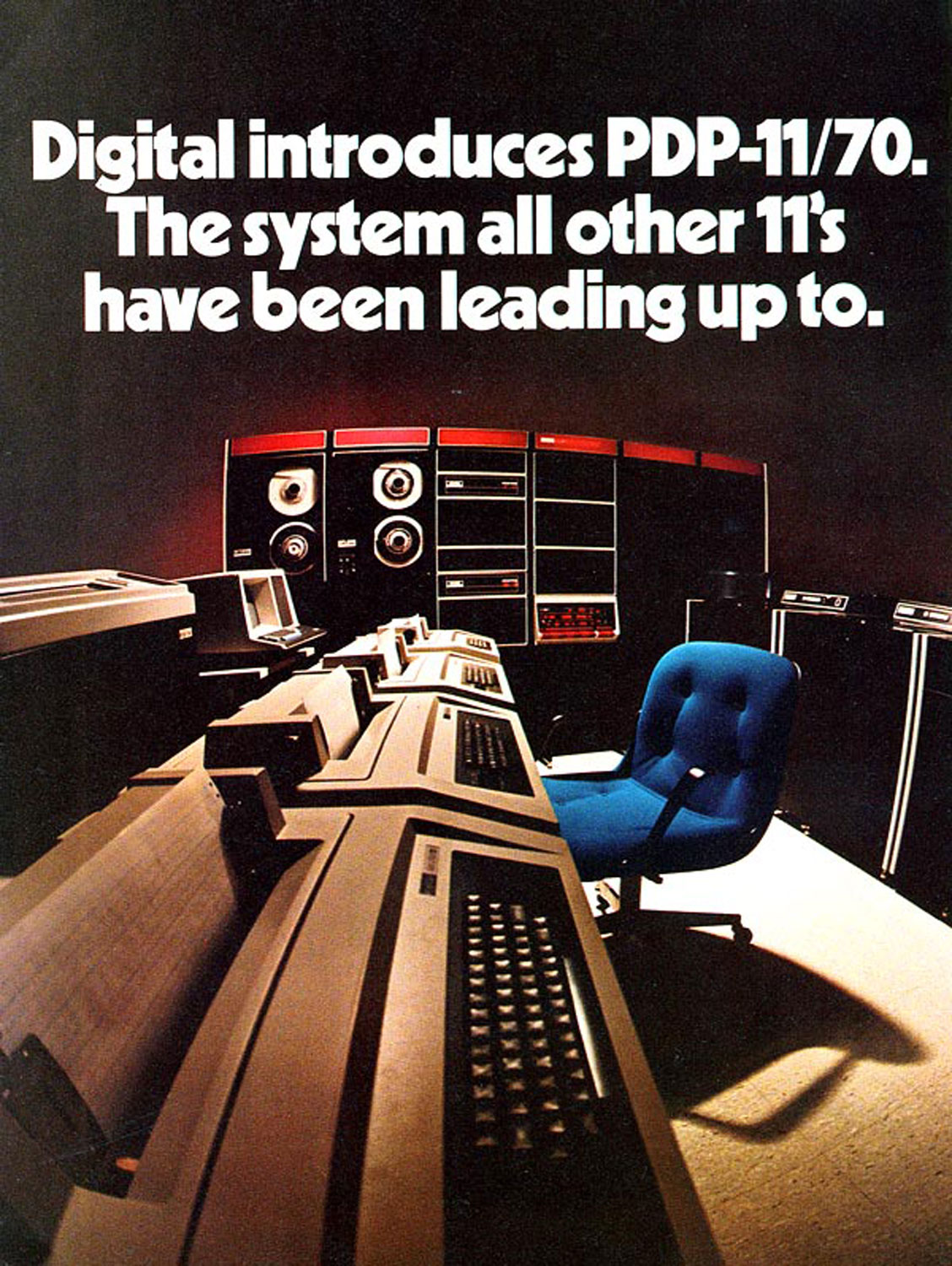
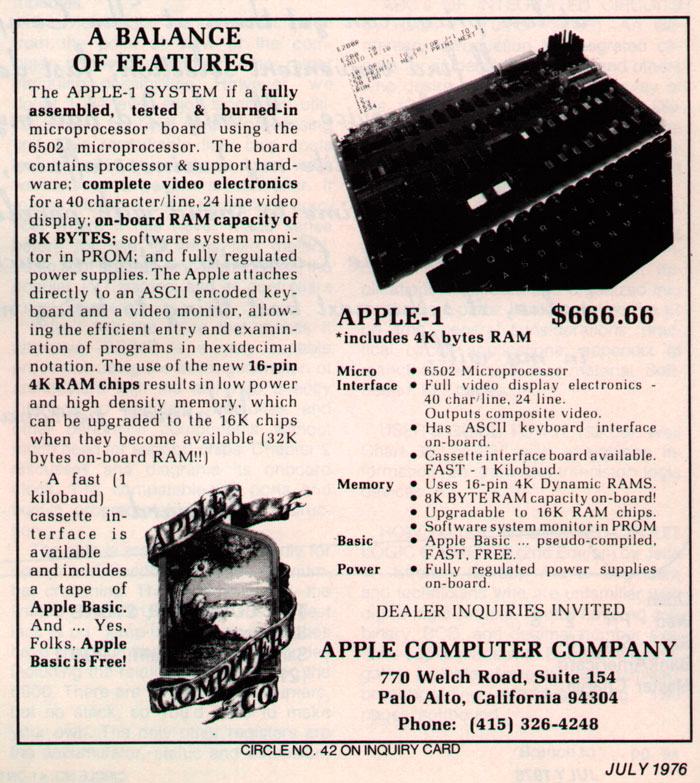

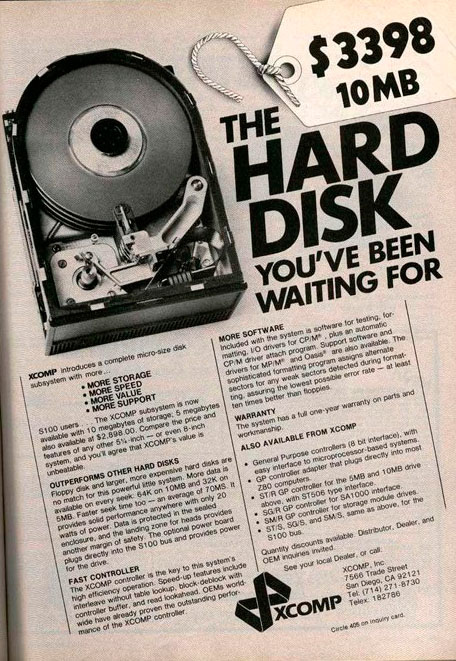

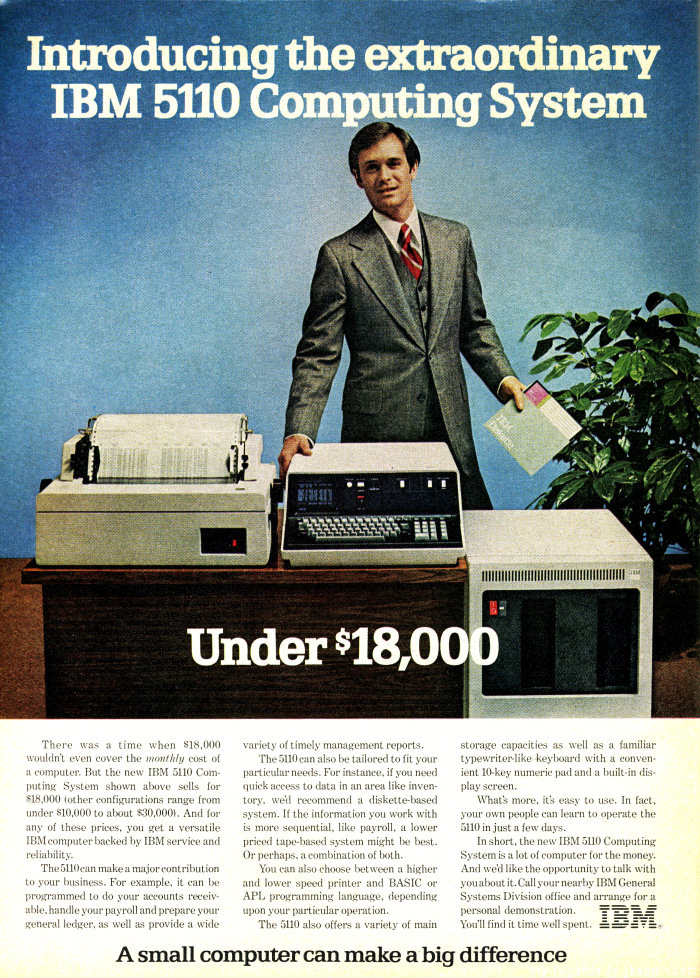
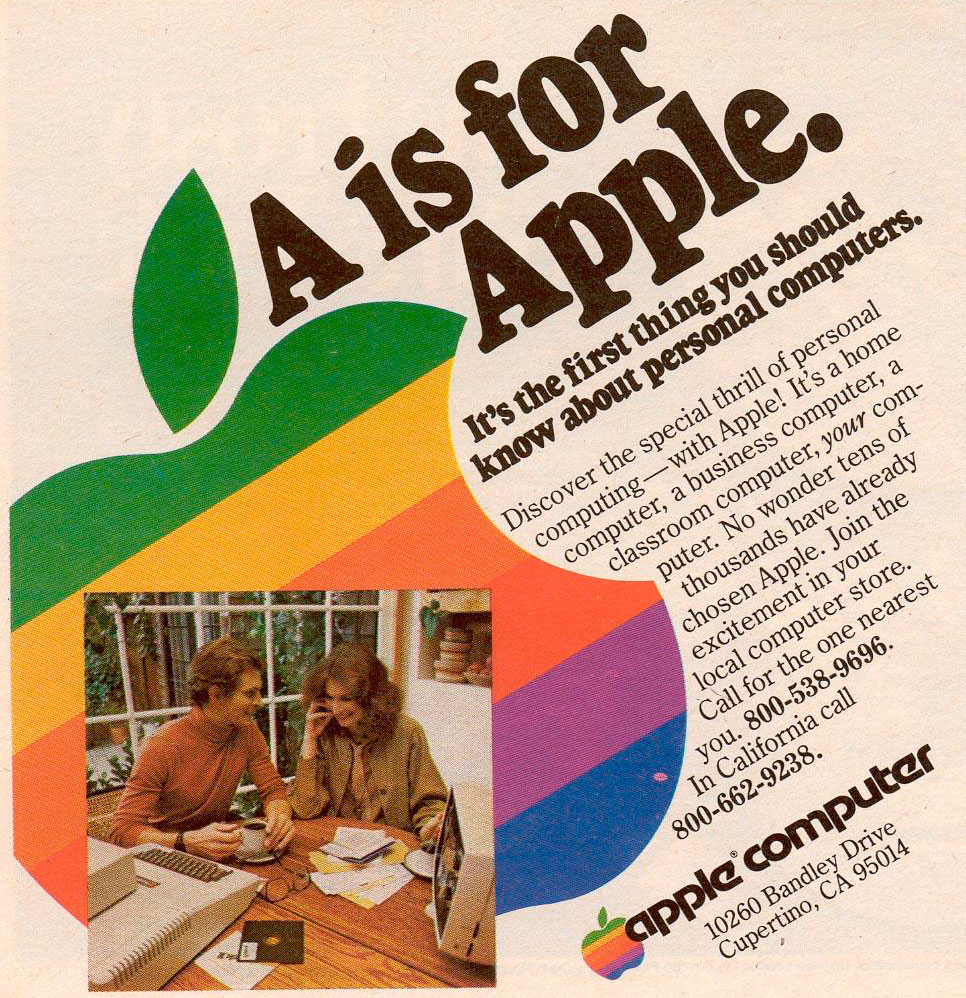
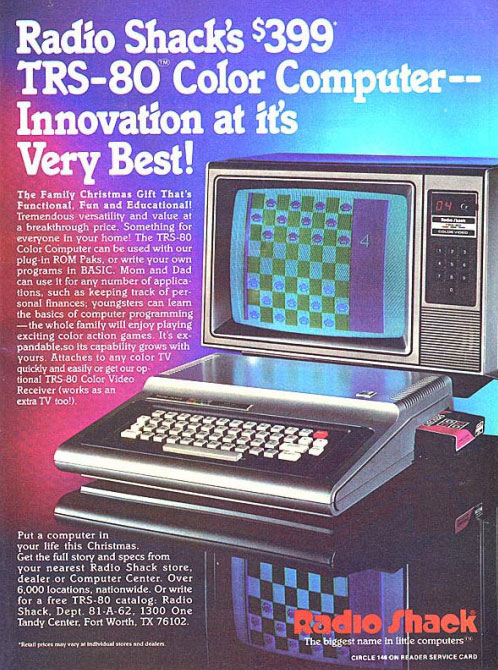
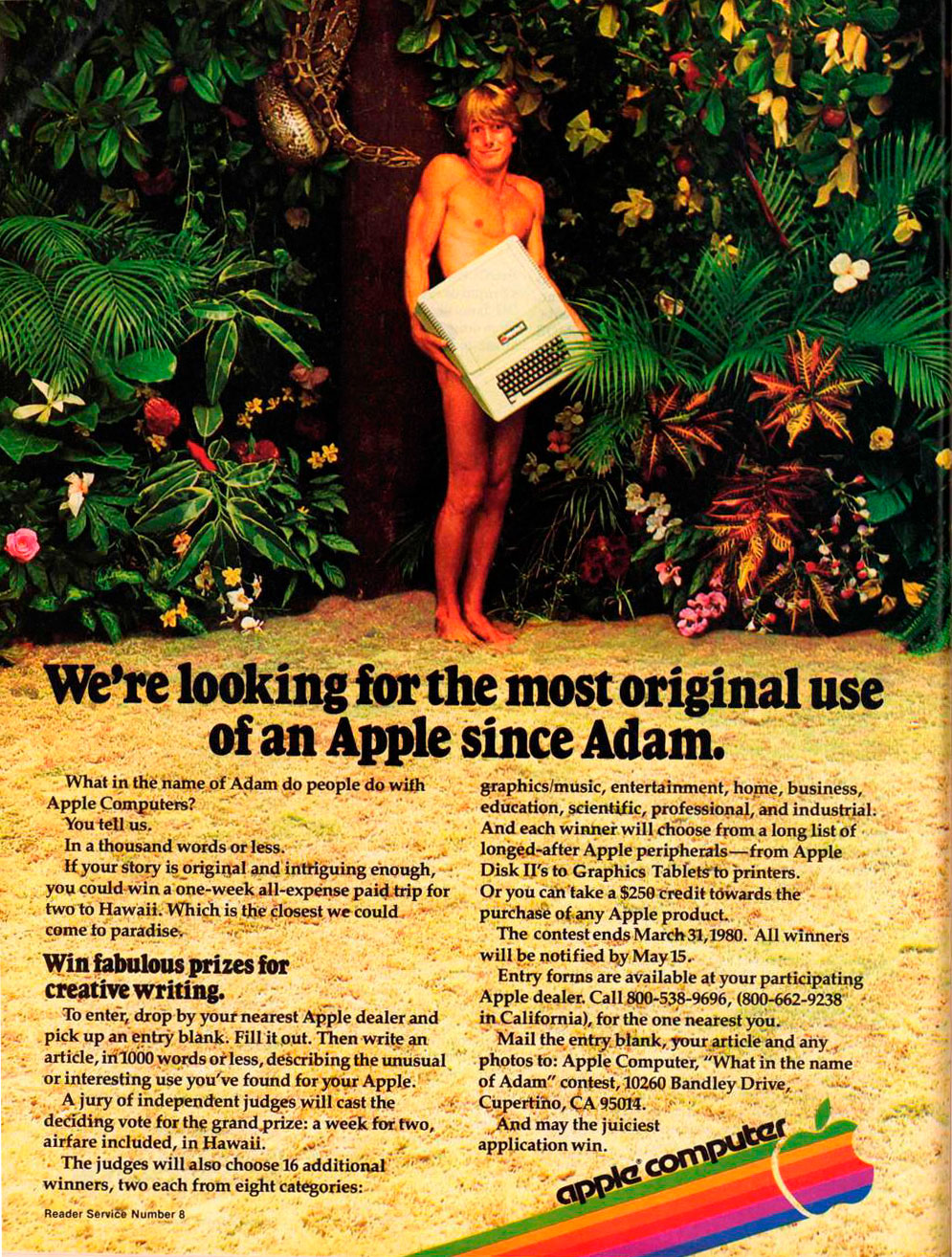


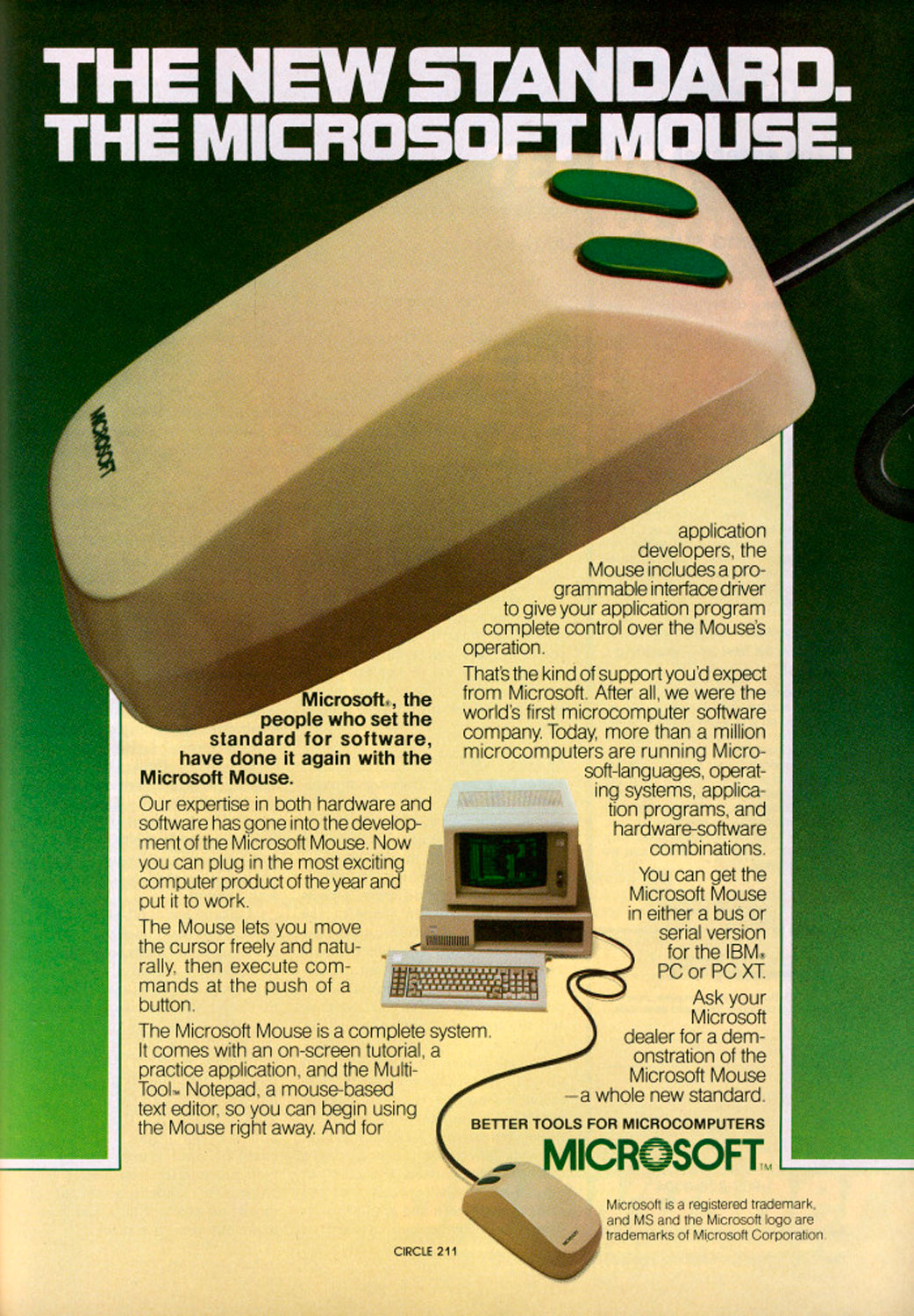


3. Performance or simplicity?
Glance at a tablet’s spec sheet and you’ll see a few misleading numbers, like processor cores and clock speeds. Numbers like these tend to look comparable next to today’s mid-to-high range laptops, but they don’t tell the full story.
Take Geekbench, which stress tests all sorts of products to give you a fair comparison between device categories—a better reflection of real-world performance. Here, even some three-year-old laptops outperform today’s most powerful tablets. When looking at the table below, consider that the late 2011 MacBook Pro (13-inch) scored a 5,119. (The latest 13-inch MacBook Pro scored a 6,373.)
Tablets with Top Geekbench Scores | FindTheBest
The silver lining for tablet buyers is that they may not need any of that power to begin with. If you’re just browsing the web, checking email, and downloading Angry Bird spinoffs, you’ll never need the processing power to edit a video or run a high-end video game. In fact, most tablets are built from the ground up to do one simple thing at a time, and do it well. If this is all you need, the simplicity of a tablet will more than make up for its lack of power.
4. Web browsing or apps?
Both laptops and tablets can browse the web. Both laptops and tablets can run apps. But each device excels where the other is merely satisfactory.
Take web browsing. To this day, tapping your way around the mobile Internet is an inconsistent experience. Flash is still buggy, text sizes unpredictable, and menus sometimes unusable. Granted, most modern websites work fine on a tablet, but there are still enough unpleasant surprises to send users back to their laptops, particularly with activities like buying gifts, managing finances or updating professional profiles.
On the other hand, the laptop often falls short in the world of apps. Sure, there are the old standbys like Word, Excel and Photoshop, but the laptop tends to miss out on new content from young, agile development teams. With a tablet, you can pick from dozens of polished photo-editing apps, half of them available for free. On a laptop, it’s often an extreme choice: either a $300 application from Adobe or a risky download for a clunky, limited editor from 2009.
In the end, it comes down to where you prefer spending your time. Love apps? Grab a tablet. Prefer to do everything in a browser? Stick with a laptop.
5. High-performance games or time-wasters (or neither)?
This won’t apply to everyone. For the gaming-indifferent, there’s no need to obsess over a laptop’s graphics card or a tablet’s selection of games.
For the rest of us, however, the situation gets a bit more complicated. Today’s best tablets are reasonably powerful, but traditional developers have yet to launch a truly incredible title on tablets (sorry, Infinity Blade). The device is still best for clever puzzles and fun time-wasters, like Angry Birds or Monument Valley (and we mean this as a compliment).
Meanwhile, the best gaming laptops can play just about anything, often outperforming the latest game consoles in performance and graphical prowess. The problem is that you’ll need to drop at least $1,500 to get the power you need.
Either device can scratch your gaming itch, it just depends upon the kind of game you’re into. Keep in mind, however, that a ~$500 laptop is probably the worst of both worlds: it’s not optimized for simple tap-and-swipe games, yet not powerful enough for top PC games. So if you like gaming, and you prefer PCs, start saving. Strapped for cash? There’s a big, angry bird waiting with your name on it.
More from FindTheBest:
Editors’ Choice: Best Game Console
The Best Holiday Gifts for Geeks
Are Phones and Tablets Becoming the Same Device?
More Must-Reads from TIME
- Cybersecurity Experts Are Sounding the Alarm on DOGE
- Meet the 2025 Women of the Year
- The Harsh Truth About Disability Inclusion
- Why Do More Young Adults Have Cancer?
- Colman Domingo Leads With Radical Love
- How to Get Better at Doing Things Alone
- Michelle Zauner Stares Down the Darkness
Contact us at letters@time.com